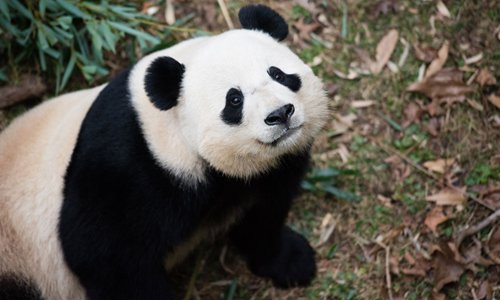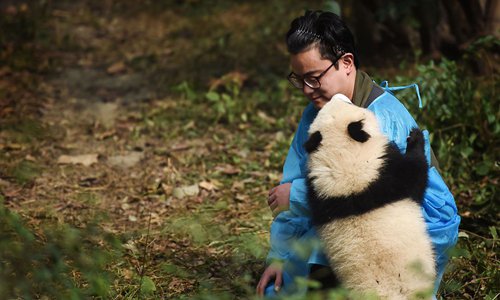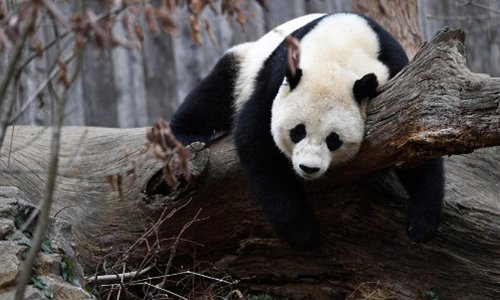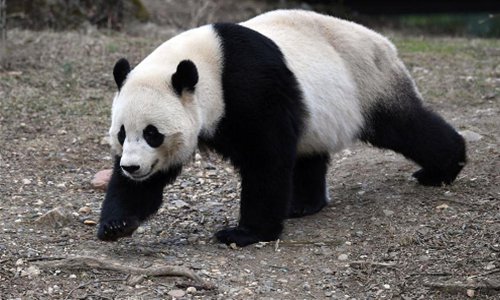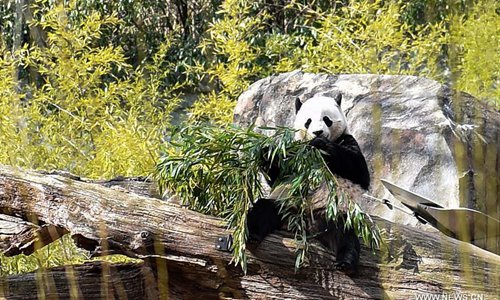SPECIAL COVERAGE >> Daily Specials
Black and white and bred all over: Panda diplomats
| Latest News |
● Backgrounder: Why giant pandas around world have to return to China?
● Precious panda cargo en route to China
● Celebrity keeper
● Olympic panda Cobi dies at age 25
● Panda cub Chulina turns five months old at Madrid Zoo in Spain
● Chinese scientists reveal why giant pandas and red pandas evolve to eat bamboo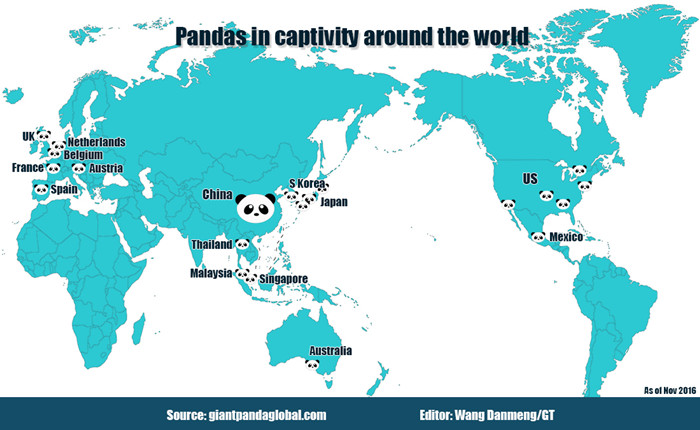
| Background |
| History of panda diplomacy |
Pandas have long served as goodwill gestures from China since 685, when Empress Wu Zetian, of the Tang Dynasty (618-907), presented a pair to Japan as gifts.
By 1982, 24 Chinese giant pandas had been presented to nine countries including the former Soviet Union, the Democratic People's Republic of Korea (DPRK), the United States, Japan, France, Britain, Mexico, Spain and the Federal Republic of Germany.
Donations to other countries stopped in the 1980s. The only way to get a panda now is by leasing one, or through research cooperation.
| Applying for a panda |
If a foreign country wants a giant panda, step one is submitting an application, but not all applications are accepted. Climate, facilities, technology and potential panda habitat are taken into consideration. The preparations often take over a year.
When choosing pandas to go on missions abroad, a pair of hometown friends are usually chosen. Although it is an "arranged marriage", it helps breeding research.
10 year leases were the norm and all giant pandas, including babies born overseas, belong to China. Even cast hairs, blood samples, etc. should be sent back, according to the convention.
The international missions of giant pandas have benefited the world's biodiversity and wildlife protection. During the process, China shared its breeding technologies with cooperating foreign countries. Those countries made reciprocal contributions to the protection of giant pandas and their natural habitat in China.
Source: Xinhua - China.org.cn
| Previous reports |
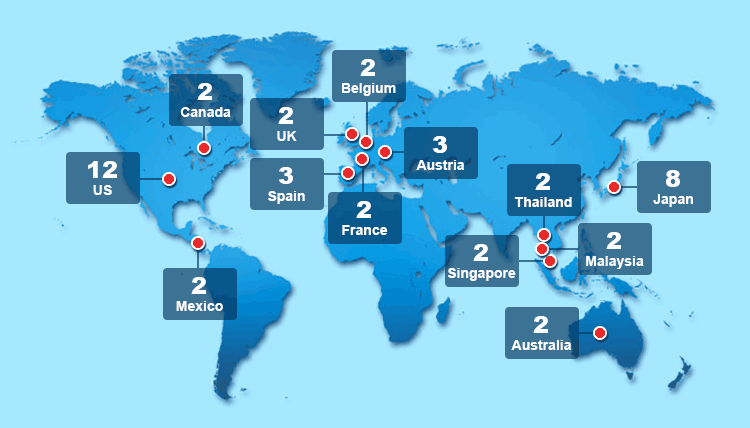
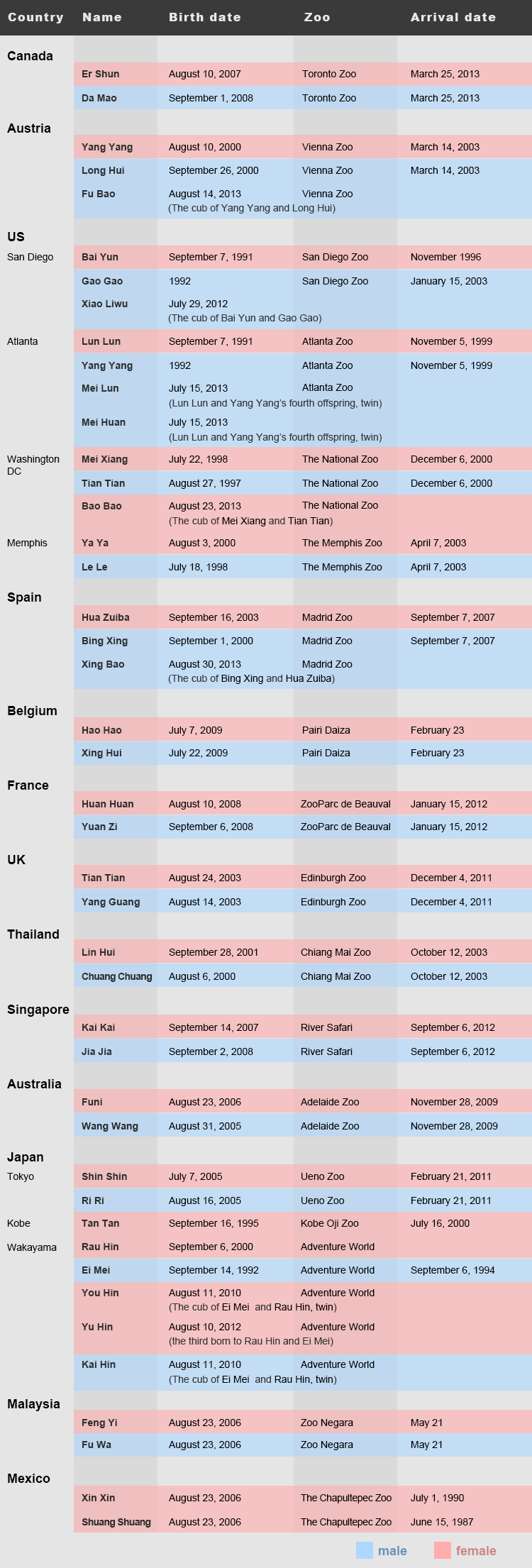
Web editors: gelili@globaltimes.com.cn Wangdangmeng@globaltimes.com.cn
